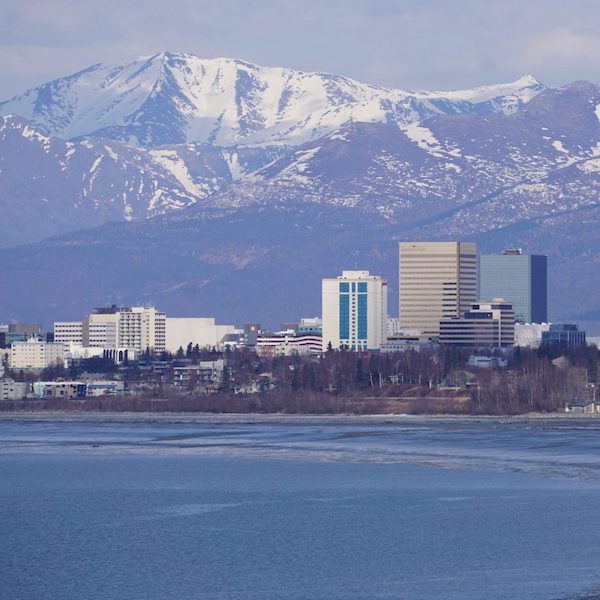🇺🇸 Alaska’s working-age population on decline since 2013 peak, and recovery chances seen as dim

By Yereth Rosen, Alaska Beacon
ALASKA’S WORKING-AGE population peaked 10 years ago, and the rate of loss since then has been nearly the highest among all US states, according to the Alaska Department of Labor and Workforce Development.
The details are described in the lead article in the March issue of Alaska Economic Trends, the monthly magazine produced by the department’s research and analysis section.
The number of Alaskans between 18 and 64 years old reached its peak in 2013 at 479,000 but by 2022 had fallen to 449,000, said the article, written by Eric Sandberg, a state demographer. Alaska’s 5.4% loss in working-age adults from 2013 to 2021 is eclipsed only by the 8% loss in West Virginia and the 6% loss in Wyoming, the article said.
There are three reasons for Alaska’s decline, according to the article: outmigration, the ageing nature of Alaska’s population and the large number of deaths during the Covid-19 pandemic.
Alaska has had 10 consecutive years of more people leaving the state than moving into it, the longest stretch since such records began after the second world war.

Alaska ageing is driven in large part by the movement of the Baby Boom generation — which dominated the working-age population in 1990 — into retirement, the article said. In 2020, for the first time, there were more Alaskans moving into retirement age than moving into adulthood, it said.
Death has been the biggest factor in the population decline of working-age Alaskans over the past two years, the article said.
Not all of the deaths in those pandemic years were specifically from Covid-19, but the total number of deaths for the age group was about 40% higher than in pre-pandemic years, the article said.
Deaths in Alaska’s working-age population totalled 2,000 in 2021 and 2,400 last year, the article said. For context, the total decline in the 18-to-64-year-old population, from all causes, was 4,300 from 2021 to 2022, the article said.
Alaska’s working-age population is likely to keep declining through 2030, the article concludes, and prospects for returning to 2013 peaks appear dim. “Unless the state’s net migration rate is higher in the next 30 years than the previous 30, Alaska will likely struggle in the long term to regain its peak 2013 working-age population,” the article concluded.
FURTHER READING
• The Arctic’s future population will likely be more urban, more aged — and only slightly bigger
• Greenland lawmakers grapple with how far to go to save the country’s hamlets
• How online learning is an opportunity for the Arctic
•The settlements of Greenland’s eastern coast are trapped in a decimating population slide
• A strategy to double Nuuk’s population begins with a new housing district
• Remote settlements in Greenland have a future, but they cannot make it alone
Alaska Beacon is part of States Newsroom, a network of news bureaus supported by grants and a coalition of donors as a 501c(3) public charity. Alaska Beacon maintains editorial independence. Contact Editor Andrew Kitchenman for questions: in**@al**********.com. Follow Alaska Beacon on Facebook and Twitter.
This article has been fact-checked by Arctic Business Journal and Polar Research and Policy Initiative, with the support of the EMIF managed by the Calouste Gulbenkian Foundation.
Disclaimer: The sole responsibility for any content supported by the European Media and Information Fund lies with the author(s) and it may not necessarily reflect the positions of the EMIF and the Fund Partners, the Calouste Gulbenkian Foundation and the European University Institute.
